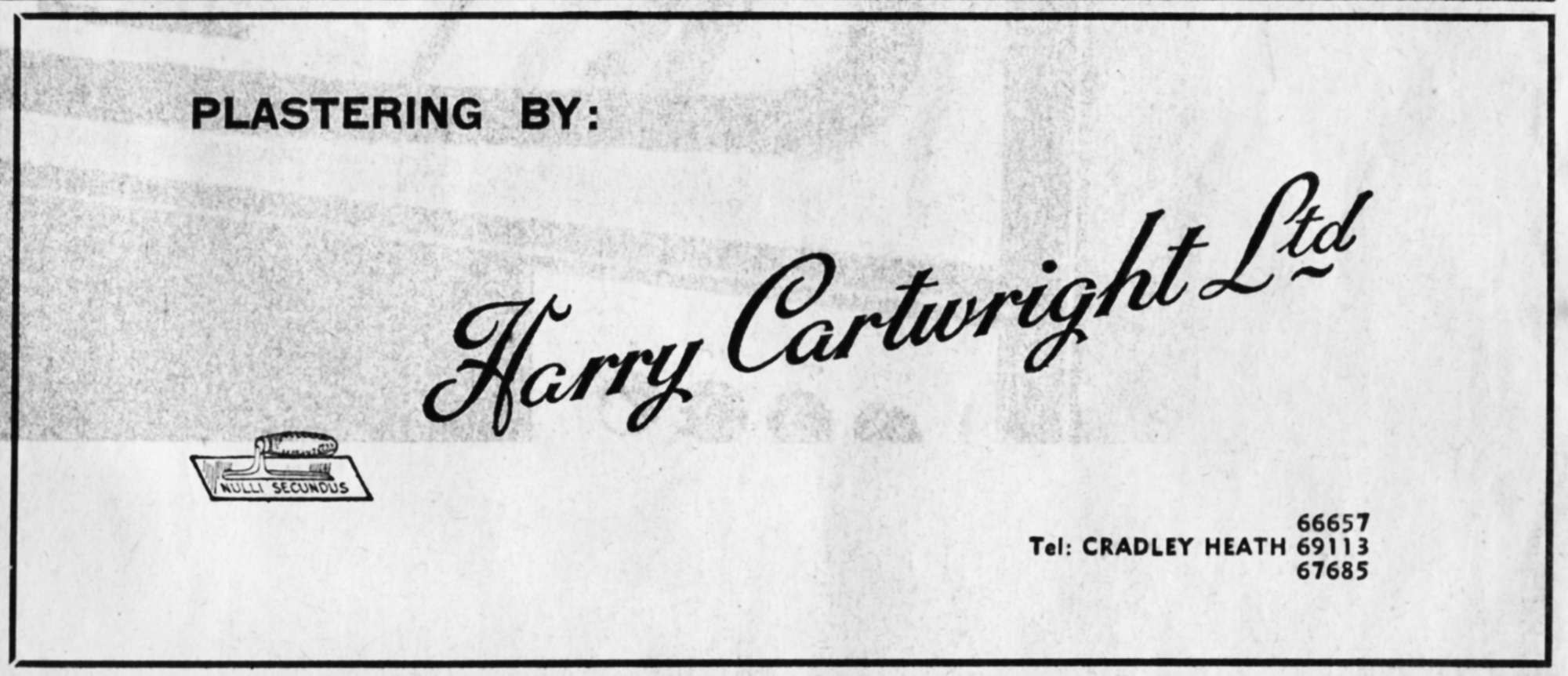SPEED and flexibility were the essence of the building programme for the new ATV Centre.
However, because of deadlines required by ATV it was essential for a start to be made on the site immediately the main contractor was appointed. C. Bryant and Son Ltd’s tender took into account the fast completion date required and the overall programme for the project was prepared at the tender stage ensuring a fast start.
Six contractors tendered for the project and Bryant claims that it was the only company able to meet the tight deadlines. On June 8, 1968, when excavation started on the site, all the detailed programming for the initial stages had been completed.
This was the first time that Bryant had built a television complex, so the team handling the project spent a few days in Leeds at Yorkshire Television to become conversant with the problems of building new studios; and techniques, processes and jargon used by studio staff.
In step with the programme, ATV moved into the technical areas and began installing its equipment nine months after construction had started.
From this point Bryant had to plan its work around the requirements of the client’s technicians and other staff. And despite the problems this created in providing a controlled environment while construction was in progress, ATV put out its first transmission on schedule.
The first phase of this muIti-million-pound project was split into two contracts:
1 The superstructure for the television studios and their ancillary buildings.
2 Substructure work for the whole of the ATV Centre.
The work In the second contract included the base for the proposed 30-storey office block which required 3,100 cu. yd. of concrete and 300 tons of high-yield reinforcement.
Each studio has been built like a suspended box and sits on a flexible base to prevent being affected by sound and vibration. This base of Tico pads was covered by a bed of sand on which the studios “floated.”

To lower each studio on to its base, compressed air was used to blow out the sand to allow the studio to settle uniformally on to the Tico pads.
During this operation, gauges measuring in thousandths of an inch, were attached to the studio walls. The gauges were under constant watch to ensure that the studios dropped at a uniform rate.
